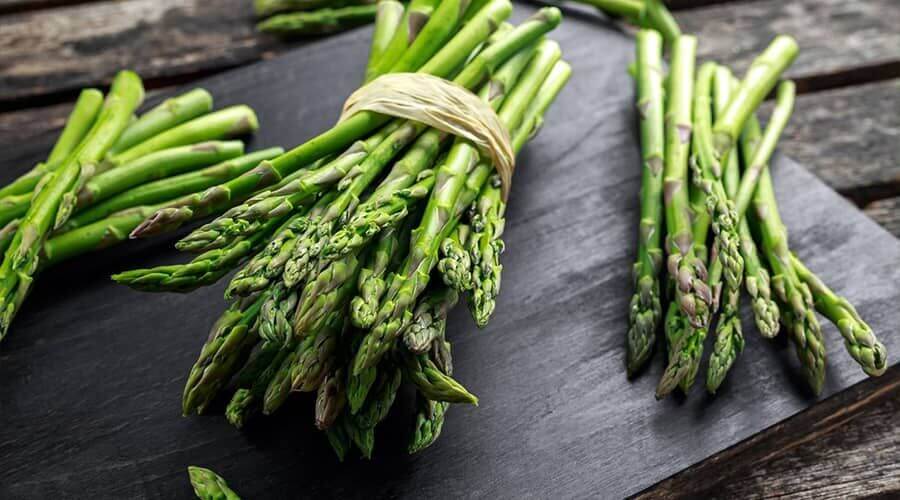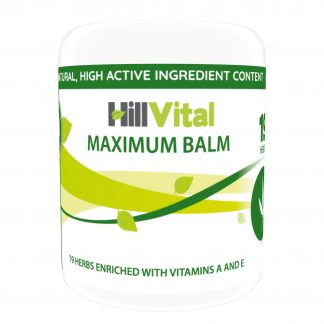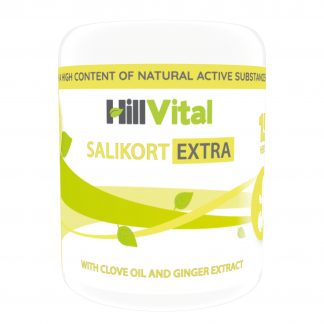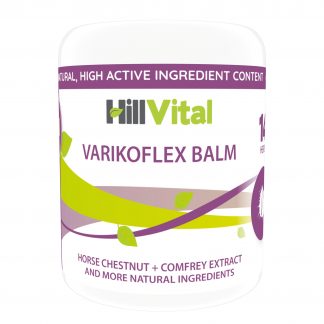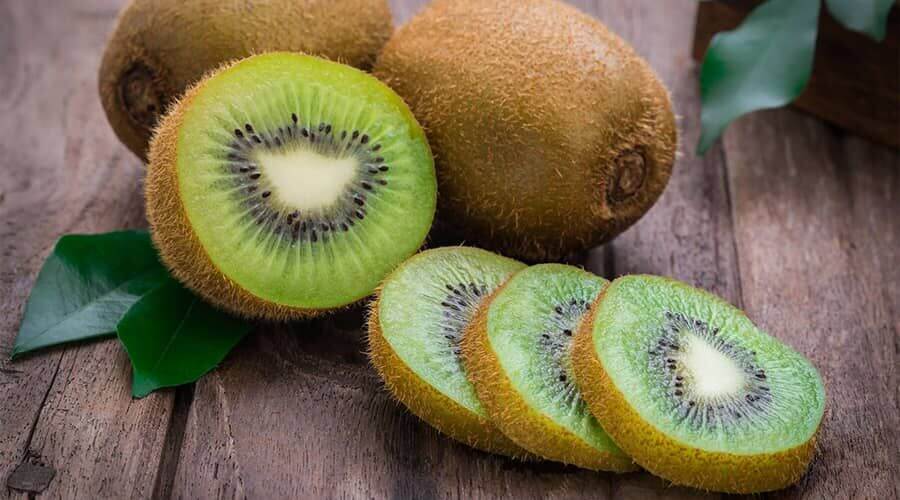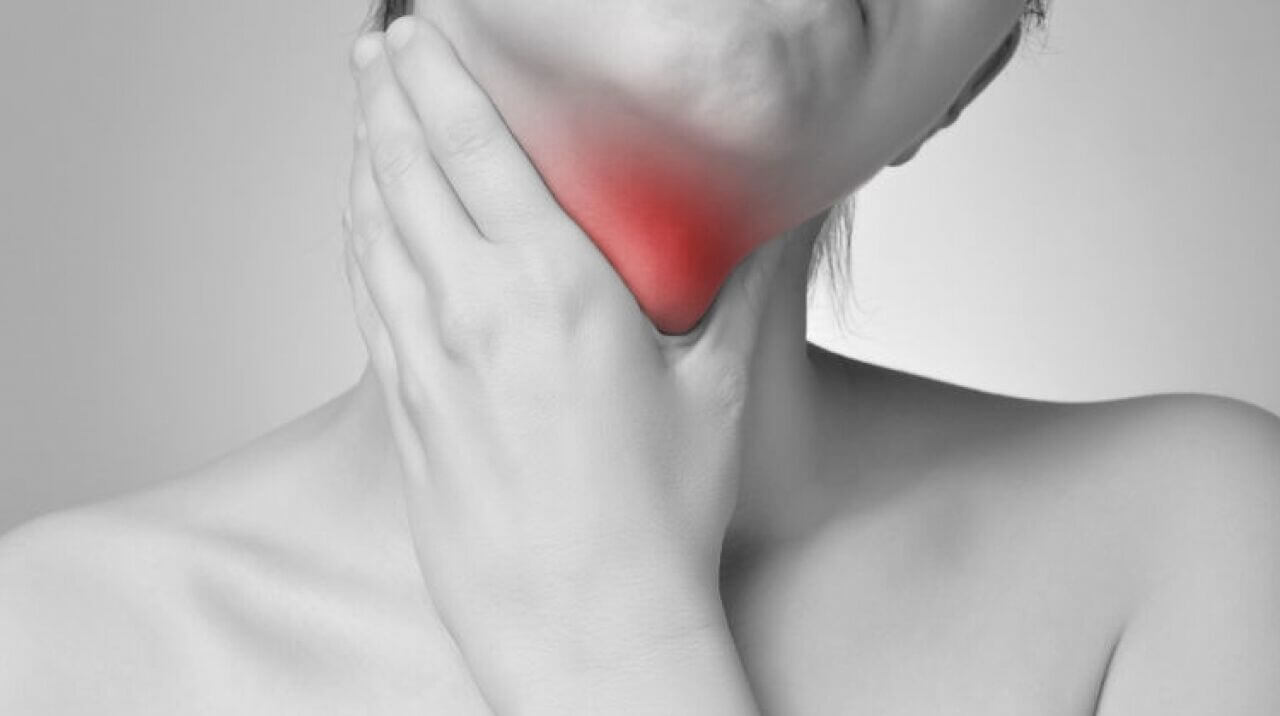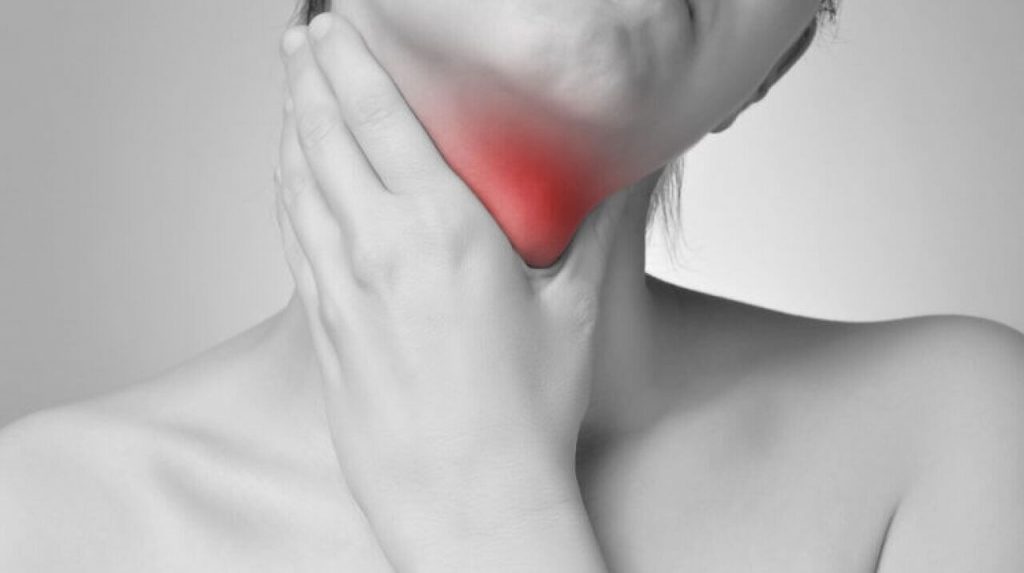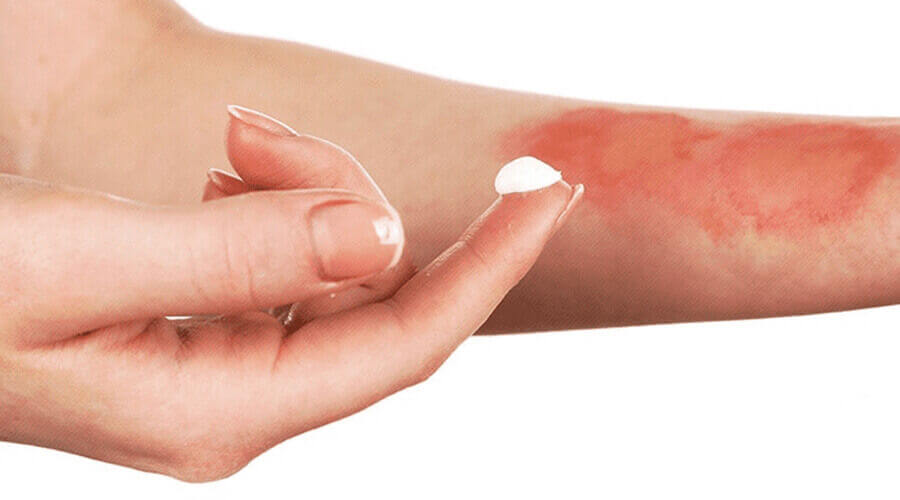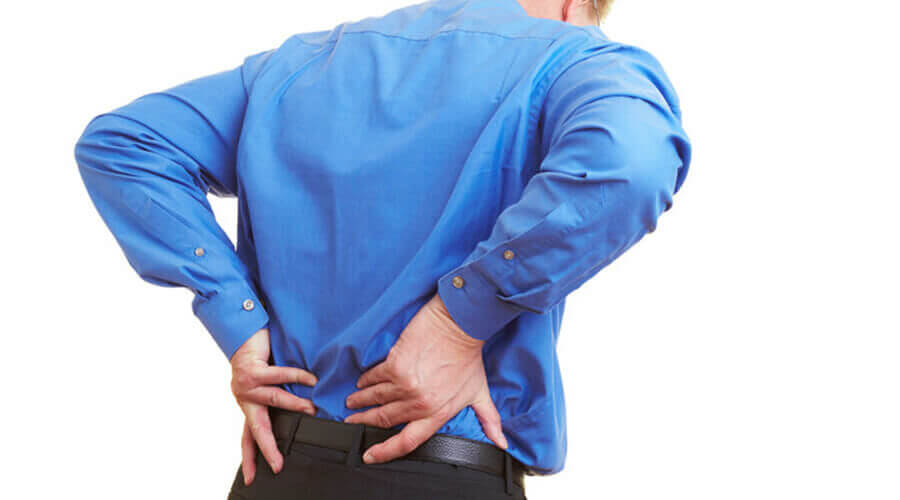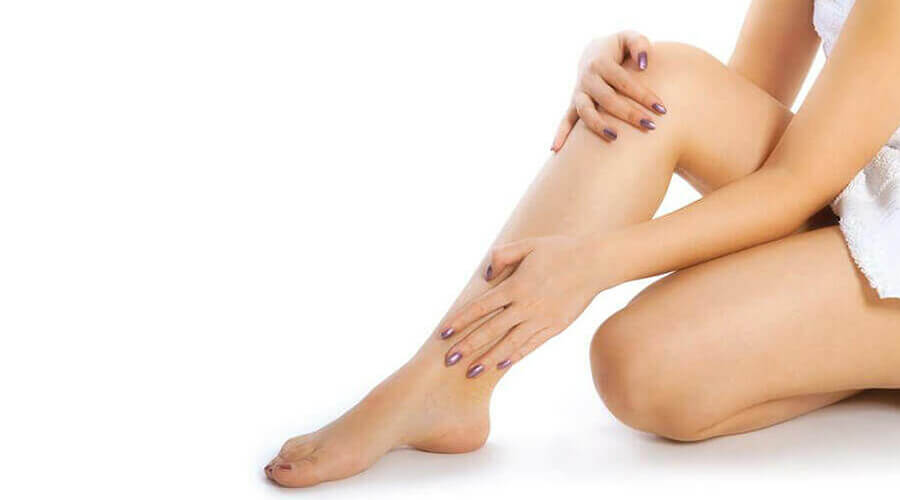
If the varicose vein itches, it is no longer an initial problem.
The varicose vein disease in the initial stage does not cause any visible symptoms on the skin, but later the varicose itching may develop.
Varicose vein disease can be divided into different phases. These phases help to more easily identify what stage the varicose vein is in.
Let’s look at the phases:
1. No-impact condition. In this condition, there are no visible symptoms, but some symptoms may indicate a circulatory problem.
2. Broom veins, spider veins. These appear first around the inner sole and the inner ankles, as the vascular network is most sensitive here, and therefore small dilated varicose veins are the first to be detected.
3. As the process progresses, larger veins appear alongside the broom veins.
4. The above symptoms are accompanied by watery eyes, or oedema. The leg swells. This is due to inadequate absorption of fluid, which accumulates in the tissues of the skin.
5. At this stage, the characteristic skin symptoms appear. The skin surface becomes dense and hard. The skin becomes brownish. Small areas of white atrophy may develop between the brown patches. The brown discolouration is due to the accumulation of decomposed blood staining as the pressure in the blood vessels causes the blood to squeeze out into the surrounding tissues.
Why does the varicose vein itch? Itchy varicose veins can be very problematic. Eczematous rashes may also appear on the skin. This is due to the fact that the dilated varicose veins are not able to remove the slag material properly. These then cause itchy, dry or in some cases wet patches. So itchy varicose veins can develop because of this. It is most common around the ankles, but itchy feet can also develop.
6. In addition to the above symptoms, light-coloured scars without ulceration may also appear at this stage. The skin may be red, slightly warm and inflamed due to poor circulation. This phase can easily be confused with the symptoms of nasolabial folds. The inflammation produces ivory-coloured scars in patches.
7. This is the final stage of venous disease. Leg ulcers of various sizes appear on the lower limb. They are caused by the death of the skin. This is due to poor circulation and the resulting lack of oxygen.
Ulceration is usually preceded by minor trauma or injury. A wound that develops suddenly does not heal, but continues to grow and deepen.
Itching of the varicose veins can also be treated by natural methods. For this we can recommend Varikoflex Balm, which is specially formulated for varicose veins.


